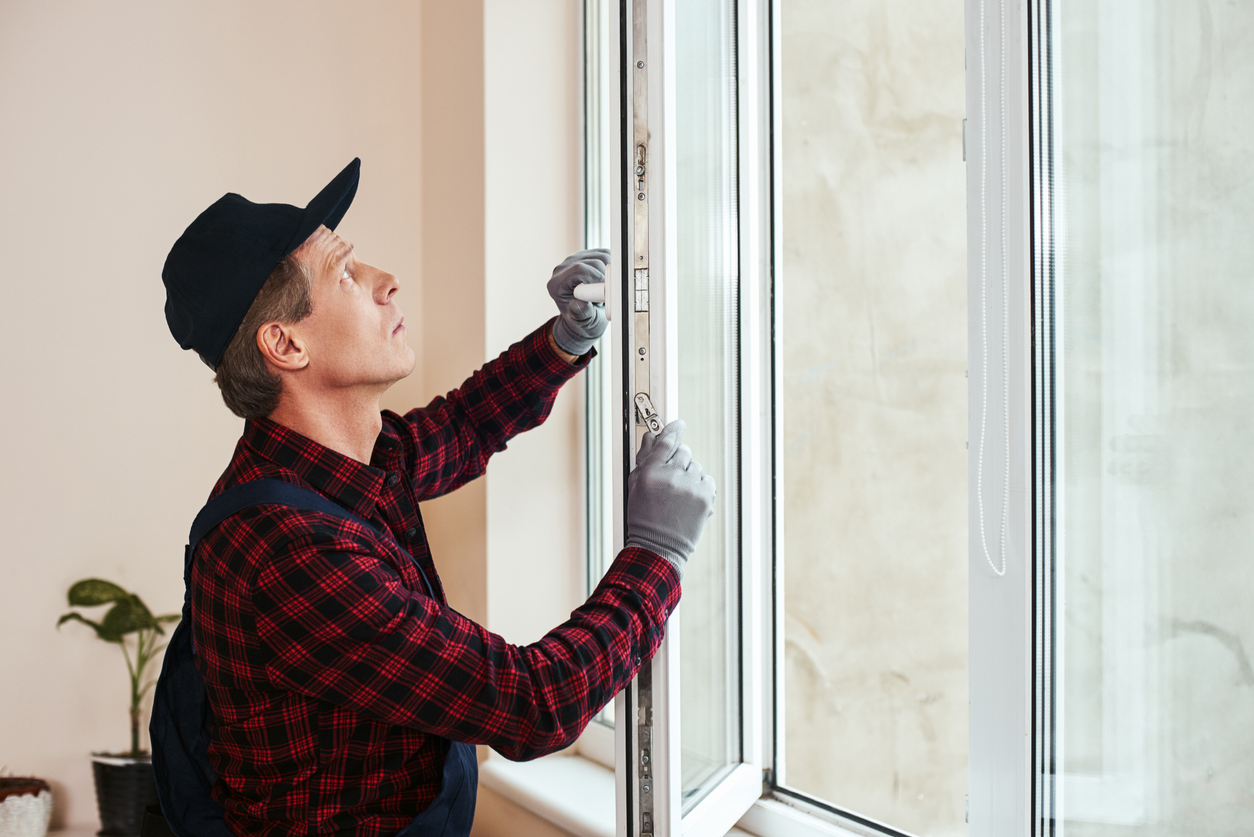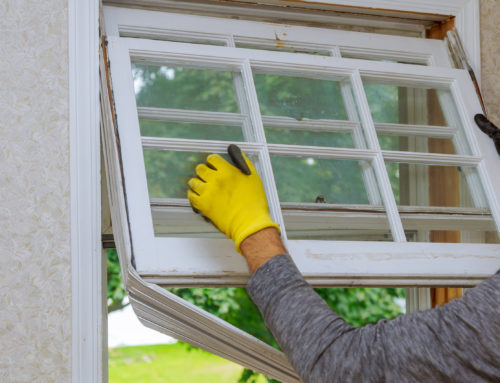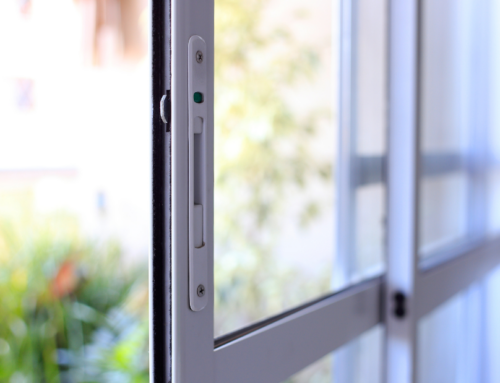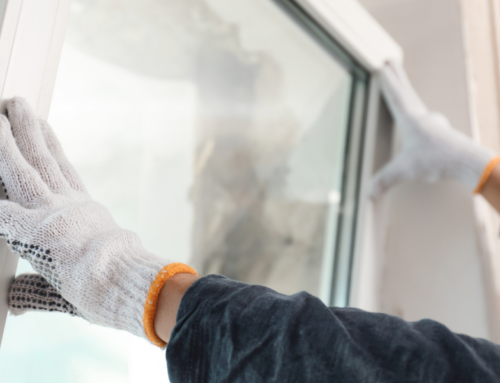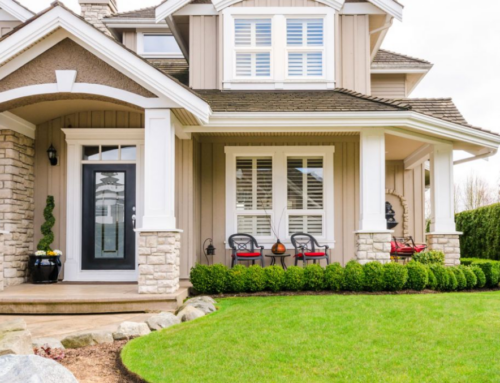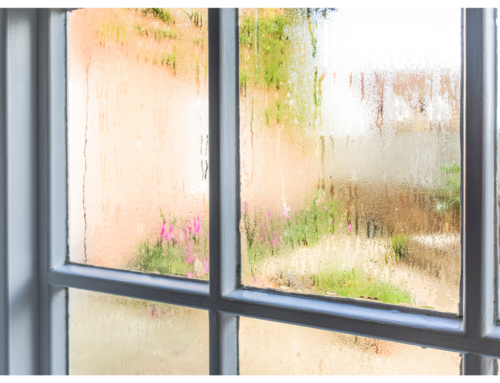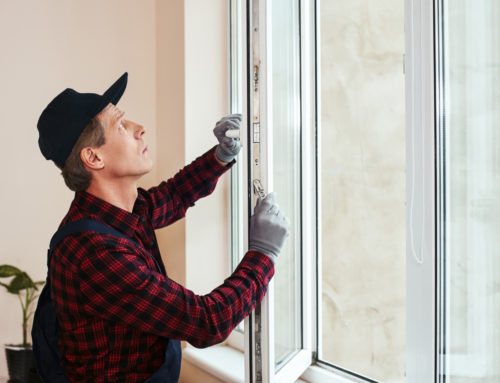Are you looking for new windows? Whether you’re considering replacing your current windows or building a new home, you want the most efficient option available.
Windows are one of the biggest energy drains in your home, allowing air to escape and seep in. But advancements in technology have made windows more efficient than ever, allowing plenty of light in without as much energy loss.
Energy-efficient windows and doors can save you hundreds or even thousands of dollars in heating and cooling costs. But which ones are the best?
How To Read the NFRC Label on Windows & Doors
A rating system is used to evaluate the efficiency of different window types. This system includes multiple ratings that windows are given based on the different qualities of each, located on the NFRC label. NFRC stands for National Fenestration Rating Council. Fenestration refers to the architecture of windows and doors.
The NFRC is responsible for establishing energy efficiency ratings for windows and doors. When you look at the NFRC label on a window or door, it will have a few different ratings pertaining to the energy efficiency of the item.
- U-factor: The U-factor measures the rate of heat loss for a window. For optimal efficiency, look for a rating of less than 0.3. A rating of 0.25 is even better.
- Solar heat gain coefficient (SHGC): This measures the solar radiation that gets through the window, which mostly pertains to cooling your home, as you hope to keep heat out during summer. For optimal cooling efficiency, look for a rating of less than 0.32. In places where summer heat is less of a concern, the SHGC may be less important, so anything between 0.35 and 0.6 would be acceptable.
- Visible transmittance (VT): This measures the amount of light the window lets in. Most VTs fall somewhere between 0.3 and 0.7, with the complete range being 0 to 1. The higher the number, the more light the windows let through.
- Air leakage: This refers to the amount of air that can pass through a single square foot of window. An ideal rating should be anywhere below 0.4 with 0.1 being the best.
- Condensation resistance: Windows should be able to prevent condensation from forming on the inside. Condensation resistance is measured on a scale of 1 to 100. Fifty is average, so don’t accept anything below that. A rating of 60 or more is excellent.
Most Energy-Efficient Window Materials
There are a variety of window materials available, but there are definite advantages to some over others. Wood and composite materials are low on the list, and both have distinct disadvantages compared to high-quality vinyl and fiberglass.
Vinyl Windows
If you’re looking for the best value, vinyl windows fit that bill. Benefits of vinyl include:
- Energy-efficient
- Durable
- Low maintenance
- Moisture-resistant
- Available in a range of colors
- Pest-resistant
- Reasonably priced (high-quality vinyl windows by Zen Windows are priced lower than equivalent windows by competitors)
For energy-efficient windows and doors, vinyl is one of the most popular choices.
Fiberglass Windows
The top class of windows, fiberglass is the gold standard. Benefits of fiberglass include:
- Energy-efficient
- The ultimate durability
- Low maintenance
- Moisture-resistant
- Upscale look
- Range of colors
- Pest-resistant
- Reasonably priced for fiberglass compared to other installers (fiberglass windows by Zen Windows are comparably priced to high-quality vinyl windows from others)
Fiberglass windows combine top-notch energy efficiency and ultimate beauty.
The Best in Energy Efficiency From Zen Windows
In the Twin Cities, there’s no better energy efficiency for the price than Zen Windows. We install only the best quality vinyl and fiberglass windows with a lifetime warranty on installation and materials.
For the best energy-efficient windows on the market, call Zen Windows Twin Cities at (763) 286-6871 today or request a quote.
We look forward to helping you reduce your energy bills with new, efficient windows.

